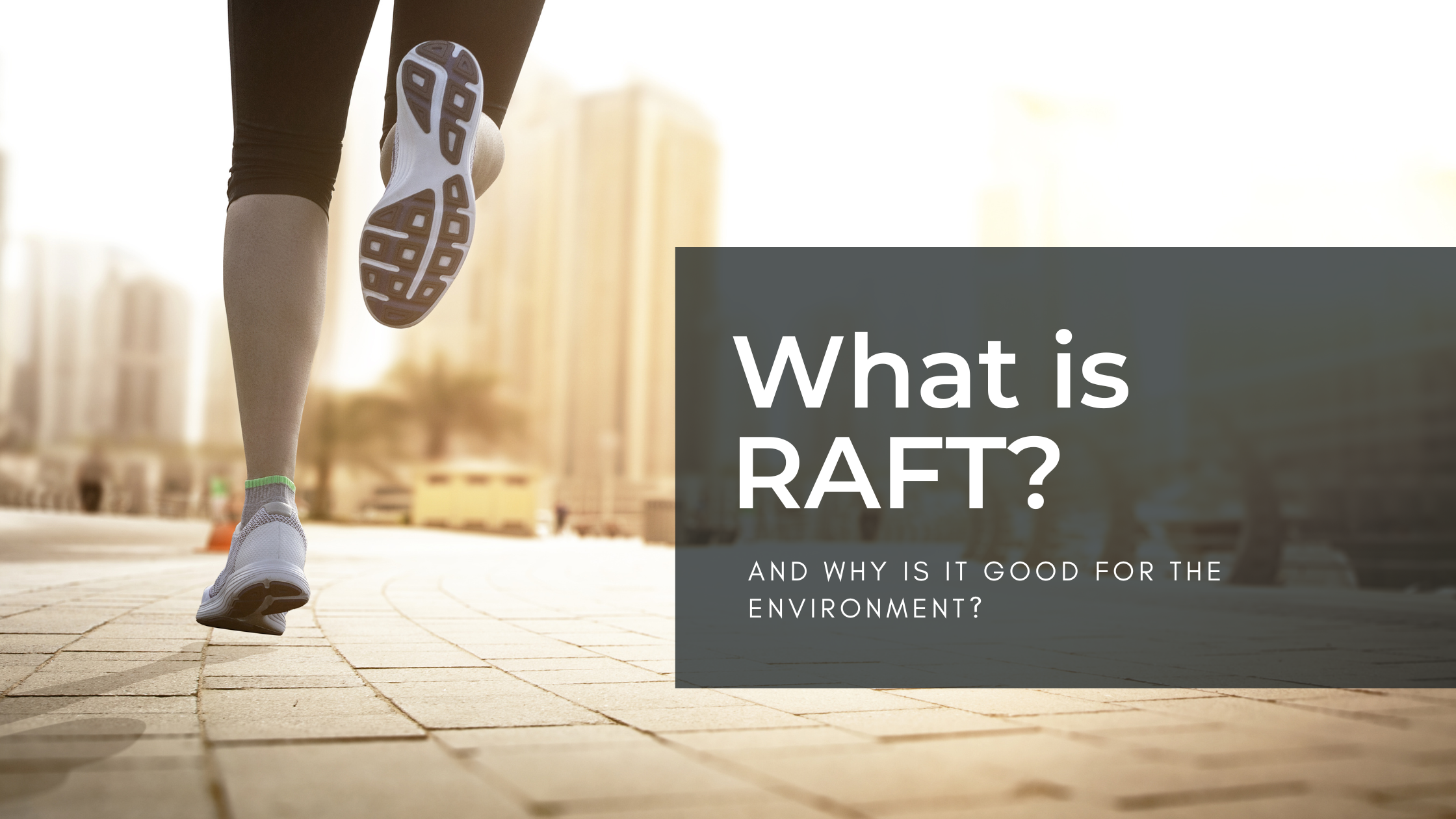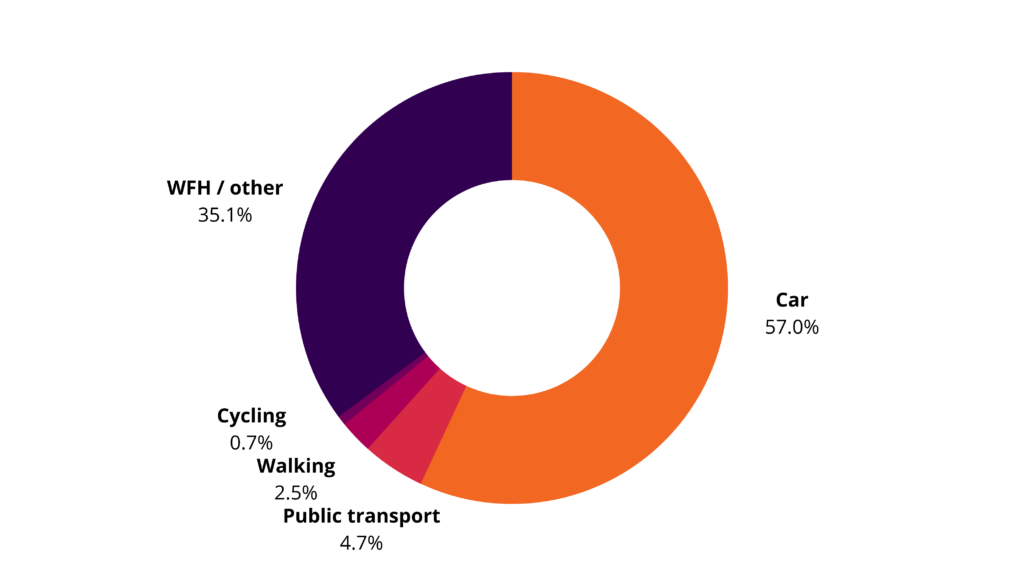
It might shock you to learn that writing a short blog every six weeks for a local running store doesn’t provide me with a liveable wage. So, when I’m not grappling with a shoe review in which I don’t mention the shoe’s name, I can usually be found practising my hobby of high school teaching.
Recently, I was reading an article with one of my classes about the impact of different foods on our health and the environment. Essentially, the more processed the food, the more it detriments us and our planet.
This article was a serendipitous find, as I’d just been chatting to Fletch about writing a blog that explores the numerous benefits of running as a form of transport (RAFT). I got to wondering if this intersection of health and sustainability could be applied to the ways we get around, and thought I’d better investigate.
How Aussies commute
First, we need to know a bit about how Australians get to work. On the day of the 2021 Census, 57% used a car, either as a driver or a passenger. 2.5% got the train, 1.8% the bus, and 0.3% managed to find a tram to get on. Just 2.5% walked, and 0.7% cycled. You can perhaps guess the discrepancy in carbon dioxide emissions between these modes of transports, but I will confirm your fears anyway; according to the Climate Council, the average car sold in 2015 emits 184 grams of CO2 per kilometre driven, whereas buses, metro trains, and light rails emit anywhere from 3-22 grams of CO2 per person, per kilometre.

All this is not to make you feel guilty for your unwavering loyalty to your Honda Jazz. I confess to driving my car to my hobby job every day. And, in a little while, we’ll think about corporate responsibility versus personal responsibility. But let’s just keep these figures in the back of our minds as we discuss the health implications of different forms of transport. Anyone who’s ever sat westbound on Victoria Road at 5 pm will know that there’s not much to be said for the mental or physical benefits of commuting in a car. Public transport, meanwhile, can offer some upsides, mainly due to the associated walking, which can, in some cases, let people meet their required daily exercise during the commute alone.
So why RAFT?
What if you want to do it on your own? Sustrans, the British walking and riding charity, points out that on average, cyclists live a whole two years longer than non-cyclists. Plus, you’re taking a car off the road. But, we’re here to talk about running. Along with it being a zero emission form of transport, it has a whole heap of health perks. This article from Runner’s World lists a few: running as transport can help de-stress you, improve your long-term memory and executive function, lead to better emotional regulation and increase your happiness. Not a bad bundle of benefits.
And the best, most sustainable way to get into RAFT is through an eco-friendly pair of running shoes, right? Well, perhaps not. Most brands have introduced some sustainable or recycled component to their shoes by now. Think recycled uppers and laces, or midsoles made of offcuts. But these shoes will only help you make a positive impact on the environment if they actually get you to run more. Buying a shoe just because of its green cred, only to find that it doesn’t quite fit, or is a little too high in the heel might well lead you to ditching them in favour of the car when it comes time to go to work. If you’re serious about RAFT, the most sustainable purchase you can make is of a pair of shoes that works for you.
That’s not to say you shouldn’t agitate for a more environmentally-friendly running industry. Send a brand a DM to ask them about their sustainability policy, perhaps, or ask your local running shop assistants to bring it up next time they see a shoe rep. Trust me, these brand representatives do not enjoy a curly question about their environmental impact. The onus is on them, not you.
For now, just enjoy your favourite pair of shoes – perhaps on a run to work.
